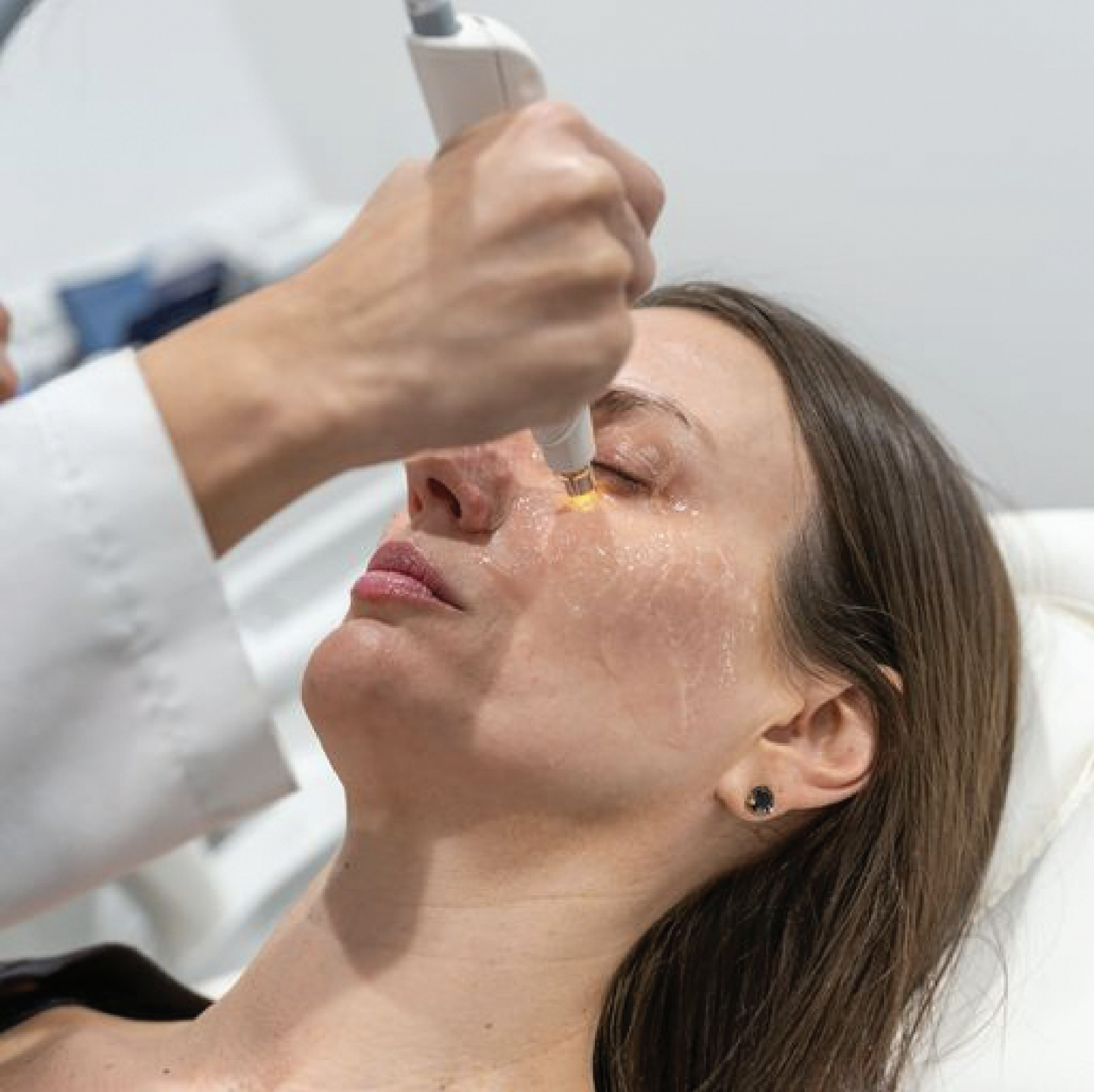 |
Although the scope of practice in South Dakota has not been updated in nearly 30 years, a new declaratory ruling will allow those with the proper training to perform intense pulsed light therapy on patients suffering from dry eye/MGD. Photo: Hardeep Kataria, OD. Click image to enlarge. |
In early August, the South Dakota Optometric Society (SDOS) submitted a petition to the state’s Board of Examiners to allow trained optometrists in the state to perform intense pulsed light (IPL) treatment, a procedure that’s increasingly becoming a more mainstream alternative for patients with dry eye—more specifically, meibomian gland dysfunction. When the Board met on August 28 to discuss the request, they arrived unanimously at their conclusion that IPL therapy is indeed within the scope of practice for an optometrist in South Dakota. The ruling became effective less than two weeks later on September 9.
The official declaratory ruling states that the procedure is now approved for the nonsurgical treatment of dry eye disease “if the optometrist is educationally qualified and does not rely on laser technology or use any device setting that is outside the scope of practice in South Dakota.” Additionally, it clarifies that patients may not be treated with IPL solely for aesthetic or cosmetic benefits or “after the optometric purpose for the treatment has been achieved.” As goes for any other in-office procedure, the ruling also states that optometrists must be equipped to handle any complications that result from the treatment.
In typical anti-optometry fashion, the South Dakota Academy of Ophthalmology filed an appeal against the ruling in late September, posing the argument that IPL does not fall within the state’s optometric scope of practice despite the Board’s decision. The SDOS is in the process of determining its next steps for advocacy if the appeal is eventually granted.
While the news of this ruling is certainly a win for optometrists in the state, the scope of practice in South Dakota still lags far behind many other states, having not seen an update since 1994, when glaucoma drugs were added. In its most recent legal endeavor, the SDOS introduced a laser bill (SB 87) near the start of 2023 proposing to allow ODs to perform certain injections, chalazion and lid lesion removal, foreign body removal, YAG capsulotomy, peripheral iridotomy, SLT and corneal crosslinking. Though the legislation passed the state Senate with a vote of 26-9 in early February, it was ultimately killed once it reached the House Health and Human Services committee later that month. Despite the setback, ODs in the state are not prepared to back down any time soon, and their advocacy efforts continue to ramp up.
The SDOS is currently working with the Board and the AOA in preparation to reintroduce SB 87 in the 2024 legislative session, with hopes that the legislature will finally recognize the need to update optometry’s practice scope to better reflect the current training and skills of ODs in South Dakota.
Until then, trained ODs in the state can celebrate the recent ruling and take advantage of IPL to offer patients a more modern and targeted treatment for MGD.

